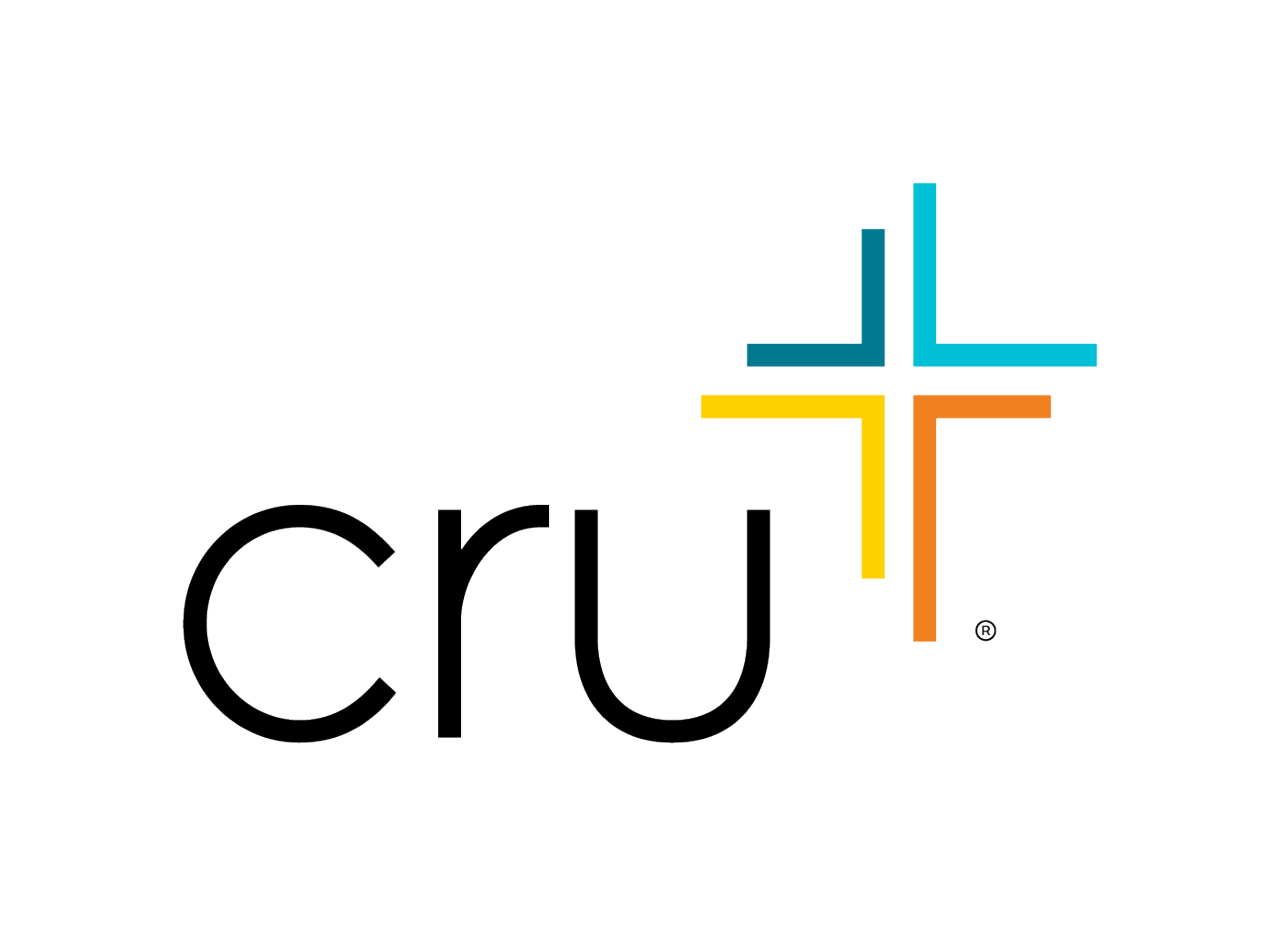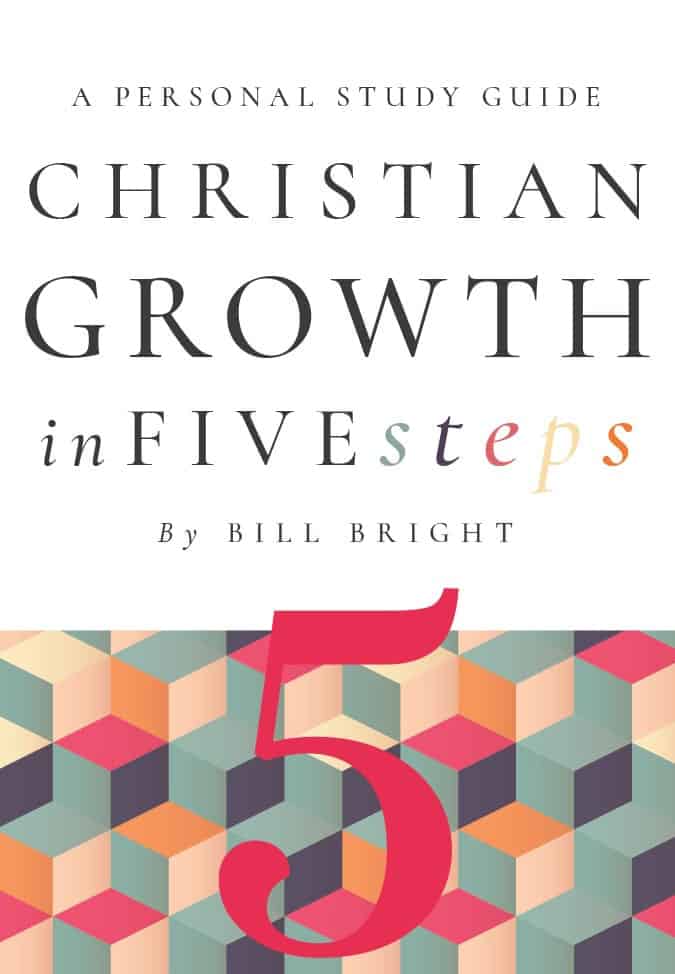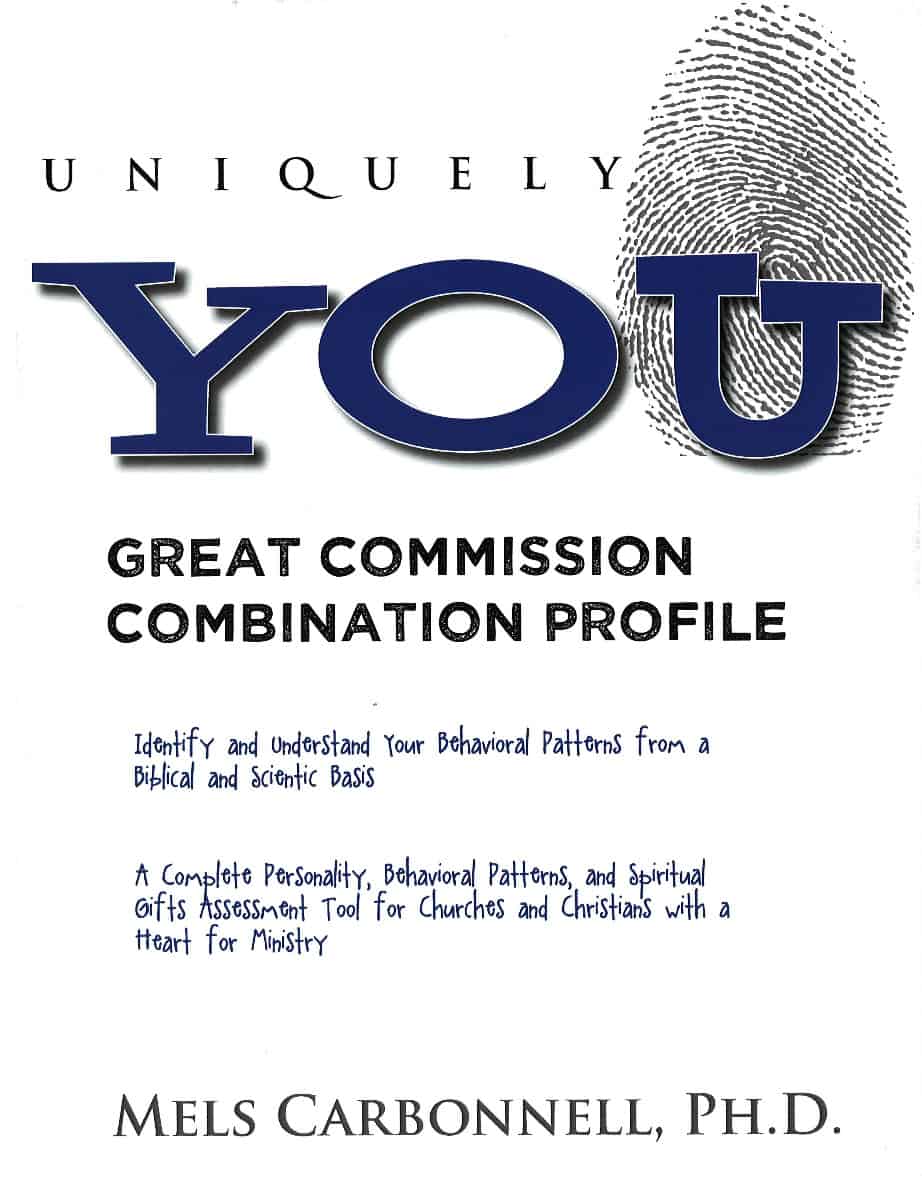Effective Problem Solving
David had few problems until he stepped up to face Goliath. Nehemiah could have remained relatively problem free had he not stepped up to the task of rebuilding the wall. The Book of Acts describes how the early disciples not only took advantage of opportunities but solved complex problems on their way to fulfilling their mission. How would they replace Judas (1:20-26)? How should their physical needs be met (4:32-37)? What should they do with the Grecian widows (6:1-7)? What about the famine in Jerusalem (11:27-30), false doctrine (15:1-35) or John Mark (15:36-40)? Being a leader is to invite problems into your life and into the lives of others. Being a good leader involves solving those problems. Successful leaders have four thinking processes which set them apart from their less successful counterparts.
- The ability to correctly assess their situation
- The ability to clearly define the real problem
- The ability to generate effective solutions
- The ability to evaluate and forecast the outcomes of those solutions
Because these qualities are rarely found in an individual leader, and because we are committed to working in teams, we need a process whereby we can tap into the best thinking of every individual on the team. As a learning organization we must be able to solve problems and learn together from our successes and failures. Furthermore, we must have an agreed- upon team process by which we believe God will guide us in decision-making. We need a process that helps us solve complex problems together. The acronym “PrEFACE” defines such a process. PrEFACE is a linear procedure that mirrors the intuitive process. The process works best when written by a facilitator on a white board or flip chart. Though this is a “group process,” each step does not necessarily require everyone’s full participation. At times it is wiser to let individuals or subgroups define the problem, come up with facts and alternatives, etc. The entire team however must agree to the real problem and what a good decision will look like. PrEFACE is outlined as follows:
- Problem—define the problem and its cause
- Establish criteria for what a good decision or solution will look like
- Facts—what are the relevant facts?
- Alternatives—what are the alternative solutions?
- Choose the one(s) that best solve your problem
- Execute—Do it!
“A problem well defined is a problem half solved.” The problem should be stated as clearly and comprehensively as possible. Let several people take a stab at this. Remember that an insufficient, vague or faulty statement of the problem leads to a flawed solution. Ask yourself, “Is this the real problem or merely a symptom?” Define the underlying cause(s) of the problem. Learn to see beyond the obvious...what everyone else sees. Heed Maslow’s warning: “People who are good with hammers see every problem as a nail.” Don’t yield to the temptation to default to last year’s solutions. There are several things to consider as you frame your problem.
1. Decide who owns the problem and the solution. Not every problem we face needs to be solved with a team PrEFACE process but only those which affect the team resources and “critical path” issues. Problem solving should be pushed to the level where the solutions can and will be implemented rather than solved at the top and passed on to others.
2. Distinguish between problems that have a solution and those that just are--problems which can be solved and those that can only be managed. Some problems (like diabetes for example) really can’t be solved but can be effectively managed. Nehemiah’s problems with his adversaries, Sanballet and Tobiah were not solved, but he did make progress in spite of these enemies by using appropriate strategies (Nehemiah 4:1-6, 4:7-9, 4:10-23, 6:1-14, 13:6-9).
3. Distinguish between convergent and divergent problems. “Convergent problems have a solution: the more intelligently you study them, the more the answers converge. Divergent problems have no correct solution. The more they are studied by people with knowledge and intelligence the more they come up with answers which contradict one another. The difficulty lies not with the experts but in the nature of the problem itself. If you are in Boston and want to travel by car to Albany, there is a right answer to the question., ‘What is the fastest route to Albany? But there is not a right answer to the question, “Why do you want to go to Albany?” How do you most effectively educate children? Different people of integrity and intellect will, inevitably, come to very different conclusions.” ( Flight of the Buffalo , Warner Books, 1993). It is important to realize that divergent problems are not convergent problems that have not yet been solved. Rather, they are problems for which there is no single, best solution. We face insufficient and errant solutions when we approach complex, divergent problems as if they were convergent ones. Problems like, “How can we best evangelize this generation of students?” cannot be answered with single solutions. Just as we can’t treat divergent problems as if they were convergent ones, neither can we approach genuinely convergent problems (for which there is a singular right answer) as if they were divergent ones.
4. Understand “confounding variables” and the “Hawthorne effect.” The Hawthorne effect is derived from a famous study about the effects of illumination on worker productivity conducted in 1939 at the Western Electric Hawthorne plant in Cicero, Illinois. As expected, researchers found that when they increased illumination, productivity increased. Had the research stopped there, it would be easy to conclude that increased lighting will lead to higher productivity--a simple cause and effect relationship. But the researchers went further. When they reduced the lighting or restored it to its original level, productivity increased again. They concluded that the lighting was not the cause of the increased productivity. Rather the workers produced more because they were being observed and therefore performed in a superior manner. The Hawthorne effect is an example of a “confounding variable.”
A confounding variable is a factor which may be associated with an outcome (e.g. lighting) but is in no way a cause of the outcome, or may be only one of several factors in the outcome. In other words as you look at a situation or problem, don’t be fooled by the obvious. Breakthrough thinking and problem solving will not occur if you think and analyze like everyone else. Don’t look for the symptomatic causes. Rather look for the systemic causes. Rarely is the first or most obvious answer the accurate one. For instance, you ask the leader of a large and successful ministry, “What do you think contributes to the success of your ministry?” He displays a puzzled look and answers, “Well, we pray a lot.” You return to your campus and begin your prayer ministry only to find that although, students are praying more, the ministry really hasn’t grown. Although prayer was a major factor, it was not the single factor.
ESTABLISH CRITERIADetermine what a good and wise decision will look like once it is made. Criteria tell how you will know when you have come up with an effective solution to your problem. These are the factors that will cause you to choose one answer or alternative over another. Criteria provide the answer to why this is a more effective solution. Our personal decision-making criteria are often implicit and seem self-evident to us. By having an explicit discussion on criteria will help avoid misunderstandings and confusion when it comes time to choose one answer or alternative over another. What factors will help us determine which answers are unacceptable, less than our best or better than the rest? In the arena of decision making, where passion, personality and position are often the trump cards, establishing effective criteria keeps us focused on solving the real problem
Although PrEFACE appears to be a linear process, after the problem has been defined and the team understands the acronym, team members can address any of the other issues (Facts, Alternatives, etc.). This allows people who think more randomly or globally to contribute to the process. Sometimes, after more facts come out you may want to restate or reframe your problem. It is also important that you don’t get bogged down by this process. If you have access to the right facts this process can be worked through quite rapidly.
FACTSWhat are the present “givens” that won’t go away with direct reference to your stated problem? What is the current reality with regard to your problem or question? Do you have enough current information to make a wise choice, or are you acting on rumors, hearsay and assumptions? Who has the best and most current information that could be helpful in finding creative solutions? Often we simply don’t have enough good information or feedback to solve the problem. Make certain that you include God and what he wants done in the problem solving process. Who analyzes and presents the facts is sometimes as important as the facts themselves. It was the ten spies in Numbers 14 who wrongly interpreted the facts through the eyes of fear rather than the eyes of faith.
ALTERNATIVE ANSWERS AND SOLUTIONSBrainstorm and list all possible solutions. Divergent problems cannot usually be solved by a single alternative. Remember also that because of the spiritual nature of what we are involved in, some “problems” can never be solved by any process. They are so complex, only God can solve them. Peter’s imprisonment in Acts 12 could not be solved through a PrEFACE type process. Some problems are solved only by “prayer and fasting.”
Look for “high leverage” solutions. High leverage solutions are those in which one solution solves two or more problems. In Nehemiah 4, two problems arose. First, the opposing armies were threatening, and secondly, the workers were dog-tired. Nehemiah made one decision that solved both problems. He had half the workers work while the others stood behind them, armed for battle. The workers got the rest they needed, and the entire wall was protected by warriors. Similarly by focusing on solving one problem, like putting a man on the moon or reaching the Freshman class, will force us to be adaptive, creative and will solve a myriad of other problems in the process. Look for solutions that solve “systemic” problems not just “symptomatic” ones so that you only have to solve the problem one time. Today many of us serve as “deacons” because almost two thousand years ago the disciples in Acts 6 did not just solve that day’s problem, but they went further in creating a group called “deacons” who would be responsible for solving all problems of this type. Look for the sheep that give wool, cows that give milk and geese that lay golden eggs.
CHOOSEChoose the best option (or options) from among the other candidates by comparing / weighing the options: i.e., determining their relative worth in light of your agreed upon criteria and facts. “The heart of the righteous weighs its answers” Proverbs 15:28. Which alternative(s) will take you the farthest in solving your problem and is consistent with your criteria? Timeliness in coming to closure is affected by those who bear the weight of carrying out the decision and the weight of the decision itself (tactical versus strategic path). If someone on the team needs more time to buy in, when possible, hold off making the decision for a pre-determined time. There are a variety of ways you can go about weighing options. Just make sure you decide.
- Pros and Cons--What are the pros and cons of each possible solution? Rate the remaining options and eliminate them as the team sees fit.
- Scenarios--What would it look like, for better or worse, if this alternative were lived out? What is the potential impact of this decision personally, emotionally, strategically, financially, etc.? What are the secondary ramifications of this solution? Will it create other problems? This is often drawn as a “decision tree.” Don’t operate on a thin margin of success in implementing crucial decisions
Solutions are worthless without execution. “Execute” is the trigger pull of the PrEFACE process. This is not just an exercise in problem solving, it needs to lead to a decision that results in action. In the problem solving process it is not in the thinking, longing, hoping, or wishing which solves problems. Rather it is in the doing. Once you have chosen an alternative you and your team must execute your decision decisively, even if your best alternative is that you “wait.” Roger Von Oech says this:
- When you’re searching for new information, be an explorer .
- When you’re turning your resources into new ideas, be an artist .
- When you’re evaluating the merits of an idea, be a judge .
- When you’re carrying your idea into action, be a warrior .
Remember, once a promise of decisive action is made, people’s “impatience clock” begins ticking. Provide for the vigorous execution of your choice. The credibility of a leader will decline proportionate to the lag time between deciding and acting. Bring an overwhelming array of resources to bear on one problem at a time. Executing involves answering the following questions:
- What exactly will happen?
- Who is the primary person or people who are responsible for the execution? Exactly who will do what?
- When will all of this happen?
- When and how will you evaluate? Learn from your successes and failures. The quicker you execute, the quicker you can get feedback and learn. Be a learner among learners in a learning organization. As long as you are learning and making adjustments you will make progress toward to goal.
Believing that God will use this process to create team solutions, once you have decided, it is critical that you present a united front as a team. This is called “consensus.” After the decision has been made, speak in terms of “We decided...” versus, “well, I was never for this idea in the first place.”
Eric Swanson is a former Cru staff member who now serves as a Leadership Community Director for Externally Focused Churches. He received his Doctor of Ministry degree from Bakke Graduate University.


























